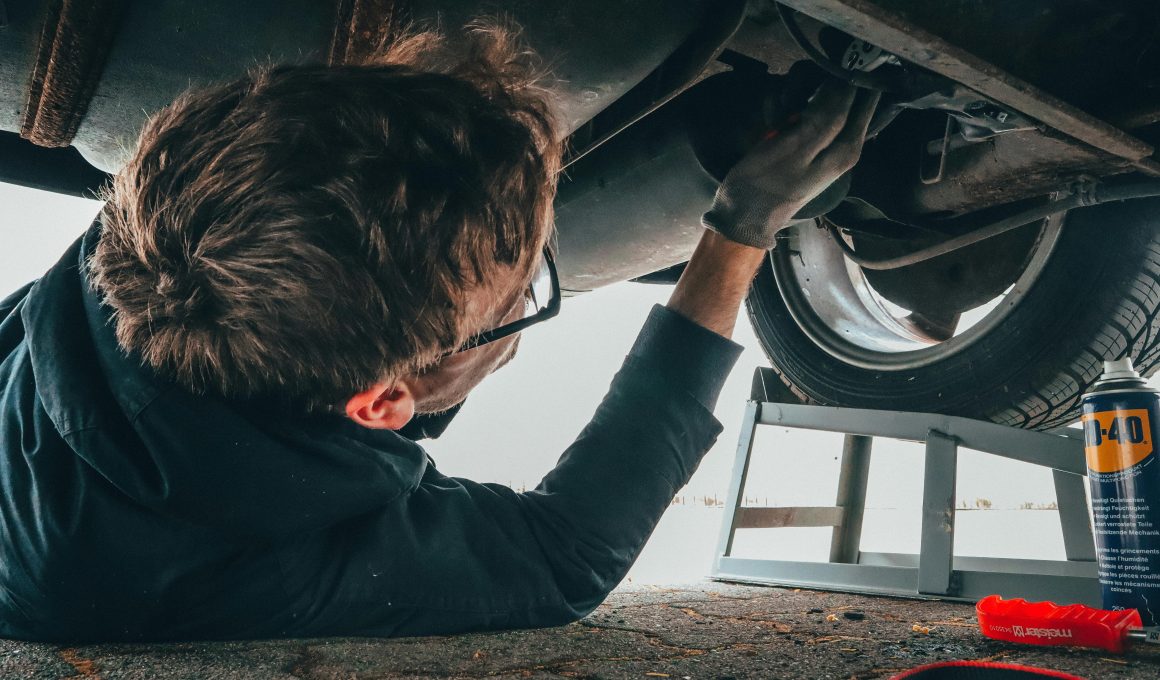With better technology in place, you can greatly reduce workplace accidents and injuries. There are some straightforward examples of how you can accomplish this, such as providing better PPE to employees who need it.
But if you want to maximize safety in the workplace, you’ll need to think of it deeper and utilize even more resources to keep the environment safe.
The Many Forms of Technology
There are many types of technology that can play a role in preventing workplace accidents.
For example:
· Equipment and machinery. More advanced equipment and machinery typically comes with new features, including specific safety mechanisms, designed to keep the workplace in safer working order. As a simple example, newer vehicles are often designed with safety as a central priority; features like better airbags, collision detection, and telematics can make driving much safer for drivers and passengers alike. Factory equipment, too, is much safer than it used to be, with features like automatic stopping specifically designed to prevent injuries and death.
· Personal protective equipment (PPE). Similarly, personal protective equipment, or PPE, keeps getting more advanced and less expensive. Some basic materials have remained relatively unchanged, but it pays to stay up to date with the latest in PPE technology.
· Automation. One of the greatest breakthroughs in modern technological development has been the introduction and polishing of automation. Today, we can automate far more than we ever thought possible, allowing humans to take a back seat to machines and algorithms. In many cases, this means entirely removing humans from dangerous circumstances, allowing robots or software to take over instead.
· Maintenance and planning. Maintenance-centric software and software facilitating streamlined maintenance schedules can make a huge impact in your approach to equipment and machinery maintenance. With better planning tools and smarter scheduling, you can practice proactive maintenance much more consistently and effectively. With better maintenance habits in place, it’s much less likely that your equipment, including your company’s vehicles, will fail at a critical moment.
· Monitoring. Superior monitoring technology can help you keep a closer eye on your employees and some of your most dangerous workplace locations. Security cameras and remote monitoring have been around for a while, but more recent advancements include RFID tags and smart sensors to keep closer tabs on what employees are doing.
· Safety auditing and tracking. Finally, safety-centric apps and platforms can aid you in auditing your safety strategies as well as tracking any incidents that do arise.
Best Practices for Utilizing Technology for Workplace Safety
More and better technology isn’t a guarantee of higher safety – as occasionally rising fatality rates can demonstrate. Accordingly, you’ll need to be smart about how and when you adopt new technologies for workplace safety.
· Identify potential gaps proactively. Almost anything you do to improve safety in your workplace can be a good investment. But you’ll be much more effective in your approach if you first attempt to identify gaps in your current safety strategy. For example, are there hazards that have gone unaddressed? Are there specifically risky activities that require further inspection?
· Stay up to date with the latest developments. New technologies are emerging almost constantly. If you want access to the latest and greatest in safety technology, it’s important for you to stay up to date with developments in this area. Consider following influencers and publications in the technology space, as well as your specific industry.
· Employ as much automation as possible. Most people know that automation has the power to save a business a lot of money – but it’s good for human employees as well. In addition to keeping them safer, it can spare them from tedious, manual efforts and enable them to focus on more important responsibilities. Accordingly, you should adopt as much automation as possible within your organization.
· Document and thoroughly investigate incidents. Even with hypothetically perfect safety standards, accidents can and do happen. Whenever there’s an incident in your workplace, make the effort to thoroughly document and investigate it so you can identify the root cause and improve.
· Update your standards periodically. Occasionally audit your safety strategy and consider updating your standards based on what you find. For example, if you find that there were two near-miss accidents in a particular area of your workplace, it’s a good trigger to investigate any new technologies or practices that could help you prevent similar incidents from arising in the future. A good safety strategy is never static; instead, it’s dynamic and always evolving.
Technology is how we move forward as a species. It helps us be more productive, enjoy more entertainment, and stay connected with each other. But perhaps the best quality of new technology is its ability to keep us safe – and if you follow best practices in your workplace, it can dramatically change your safety landscape for the better.








